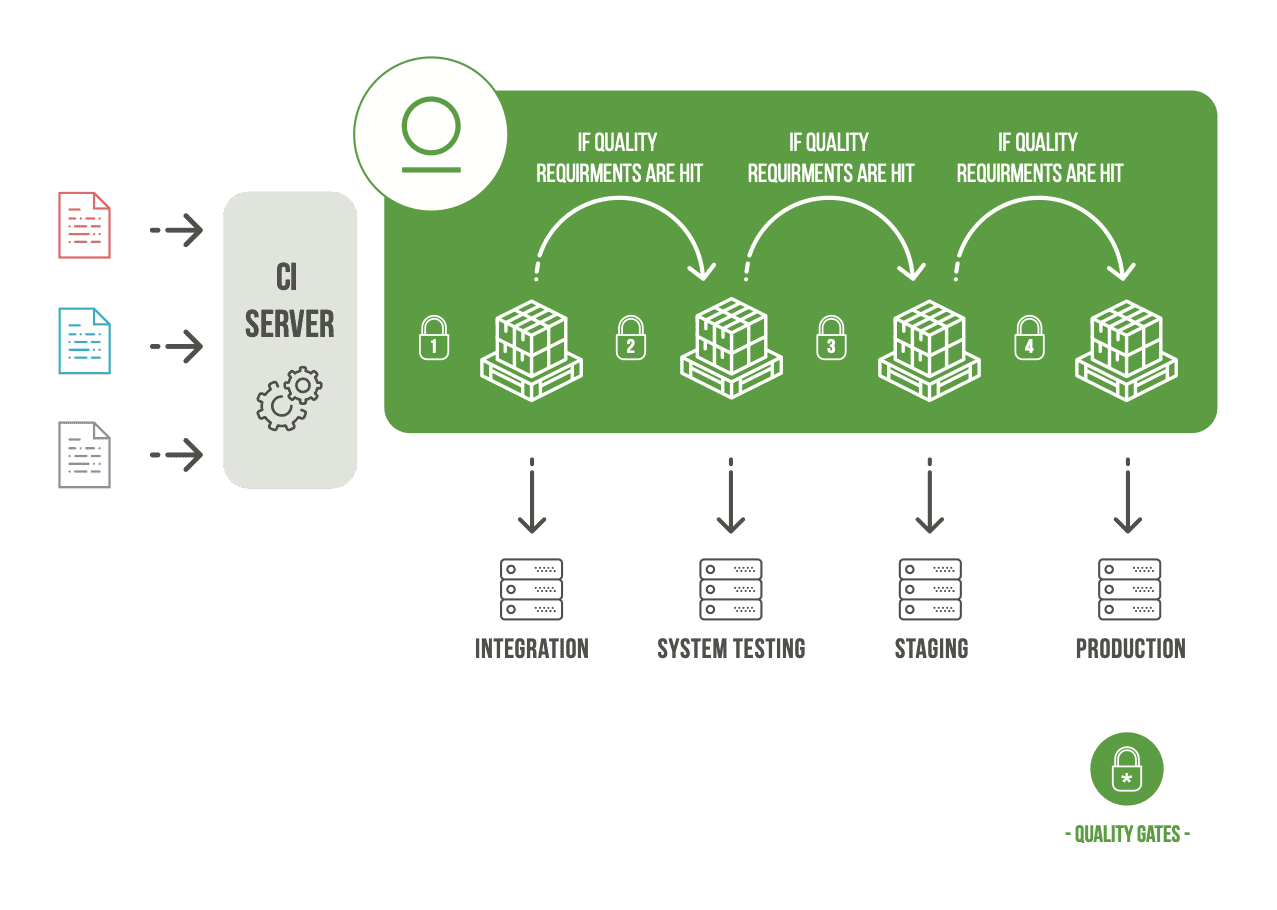The Docker Container Ecosystem 101 @ Docker Bangalore Meetup
June 19, 2021
< 1 min read
The Docker & Container Ecosystem 101
Did you panic when Kubernetes announced the deprecation of Docker runtime support? Are you new to Docker and containerization, or have you gotten lost in all of the terminologies? Attend this session to conquer your fear with knowledge, and breathe a sigh of relief.






